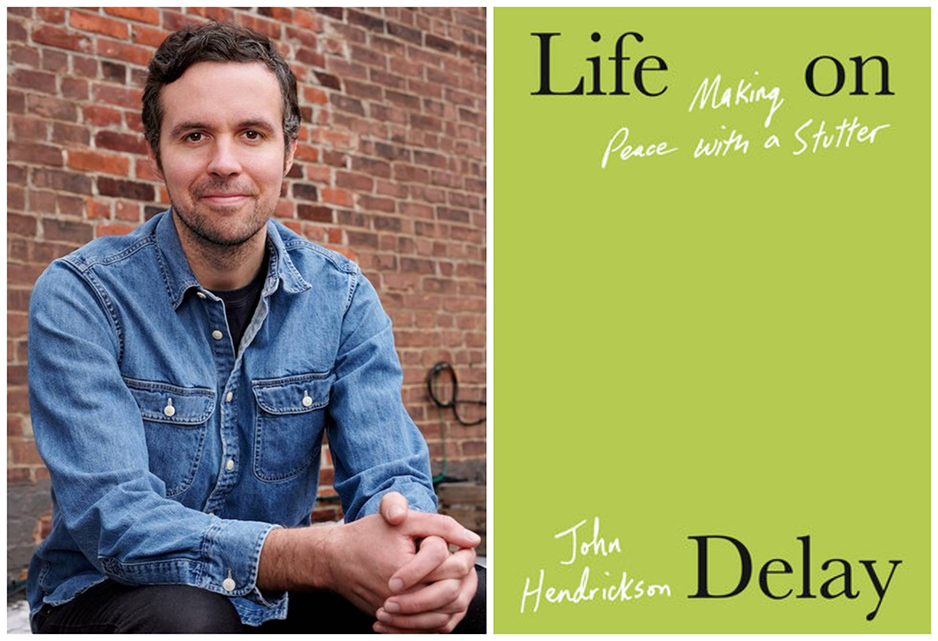Nursing Book Club
Life on Delay by John Hendrickson
Making peace with a stutter

In his memoir Life on Delay, John Hendrickson examines his stuttering through an unusual lens: other people’s perspectives. He uncovers just how much stuttering has been both a personal and professional obstacle.
A High Profile Interview
Hendrickson is a journalist. He’s currently a staff writer for The Atlantic, but he has written for The Denver Post, Esquire, and Rolling Stone. He is also a stutterer who had the unique opportunity to interview Joe Biden about his own stutter in 2019.
That interview, published in the January/February 2020 issue of The Atlantic, received widespread positive attention in the media, and prompted someone from Hendrickson’s childhood to reach out to him.
This encounter with someone from his past inspired Hendrickson to further reflect about the impact of stuttering on his life. As writers are often advised to write what they know, he decided to take a deep dive into the subject. He contacted more people from his past to see what they remembered about him and his very obvious problem.
























